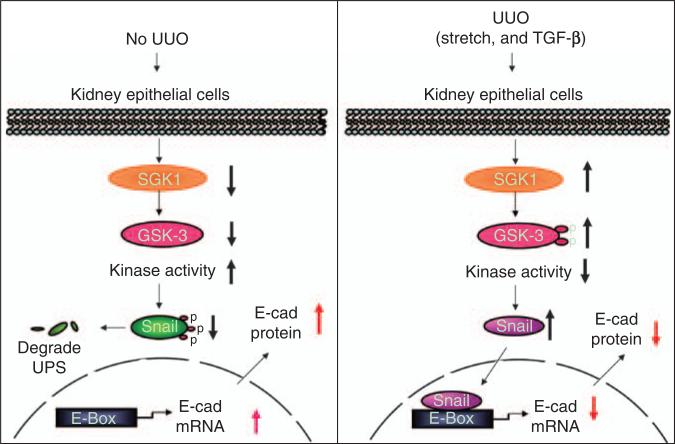Figure 7. Cartoon illustrating the role of serum- and glucocorticoid-regulated kinase 1 (SGK1) in unilateral ureteral obstruction (UUO)-induced epithelial–mesenchymal transition (EMT) signaling.
The left panel shows normal condition; the expression of SGK1 and glycogen synthase kinase-3β (GSK-3β) phosphorylation level are low, which causes phosphorylation of Snail and its subsequent degradation; E-cadherin expression level is maintained. The right panel shows UUO. The SGK1 expression is high and is followed by increased GSK-3β phosphorylation and decreased kinase activity. The Snail phosphorylation and degradation are blocked. After translocation to the nucleus, Snail binds with the E-box in the E-cadherin (E-cad) promoter, which suppresses E-cadherin expression and thus causes EMT. TGF-β, transforming growth factor-β.

